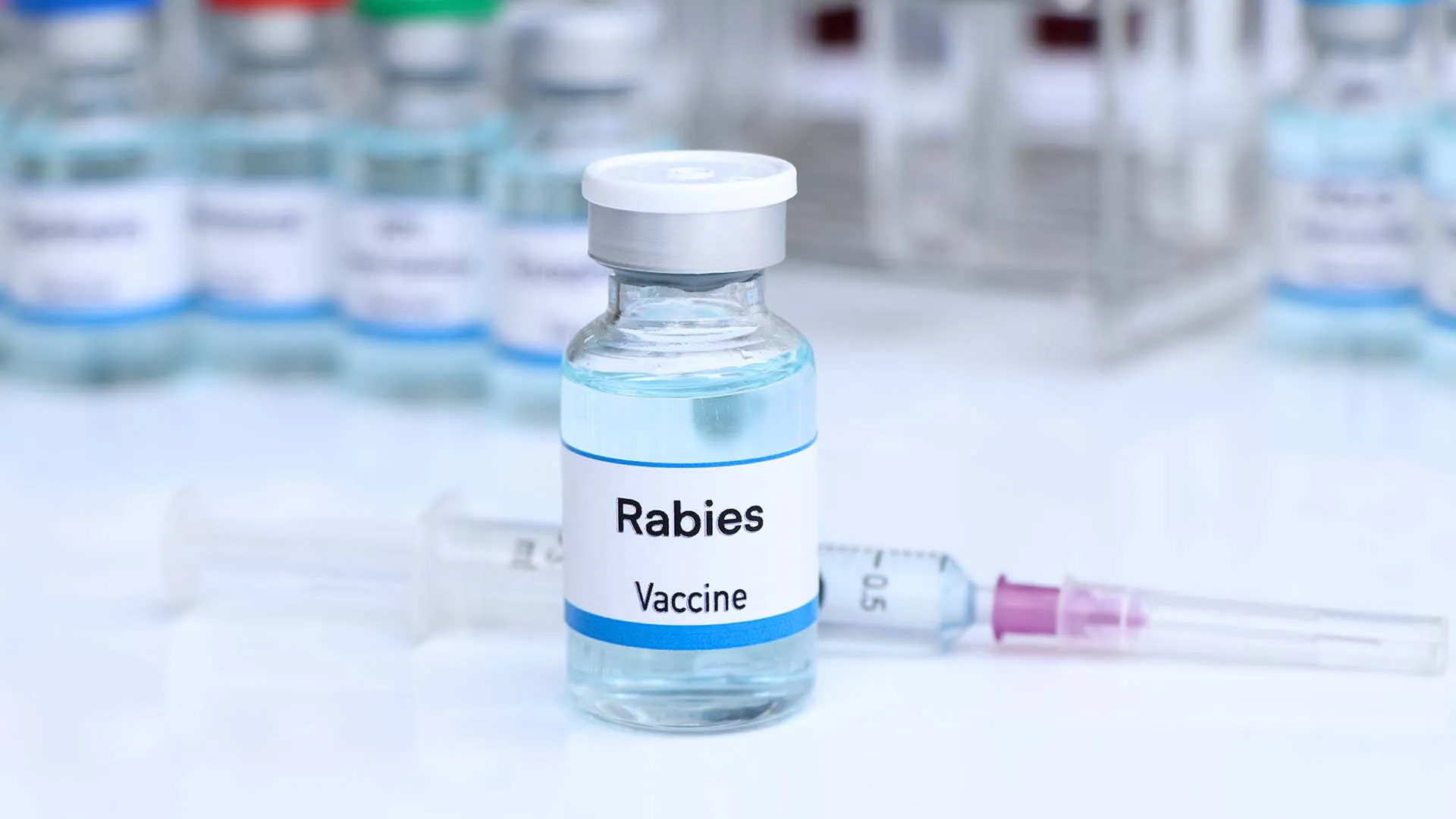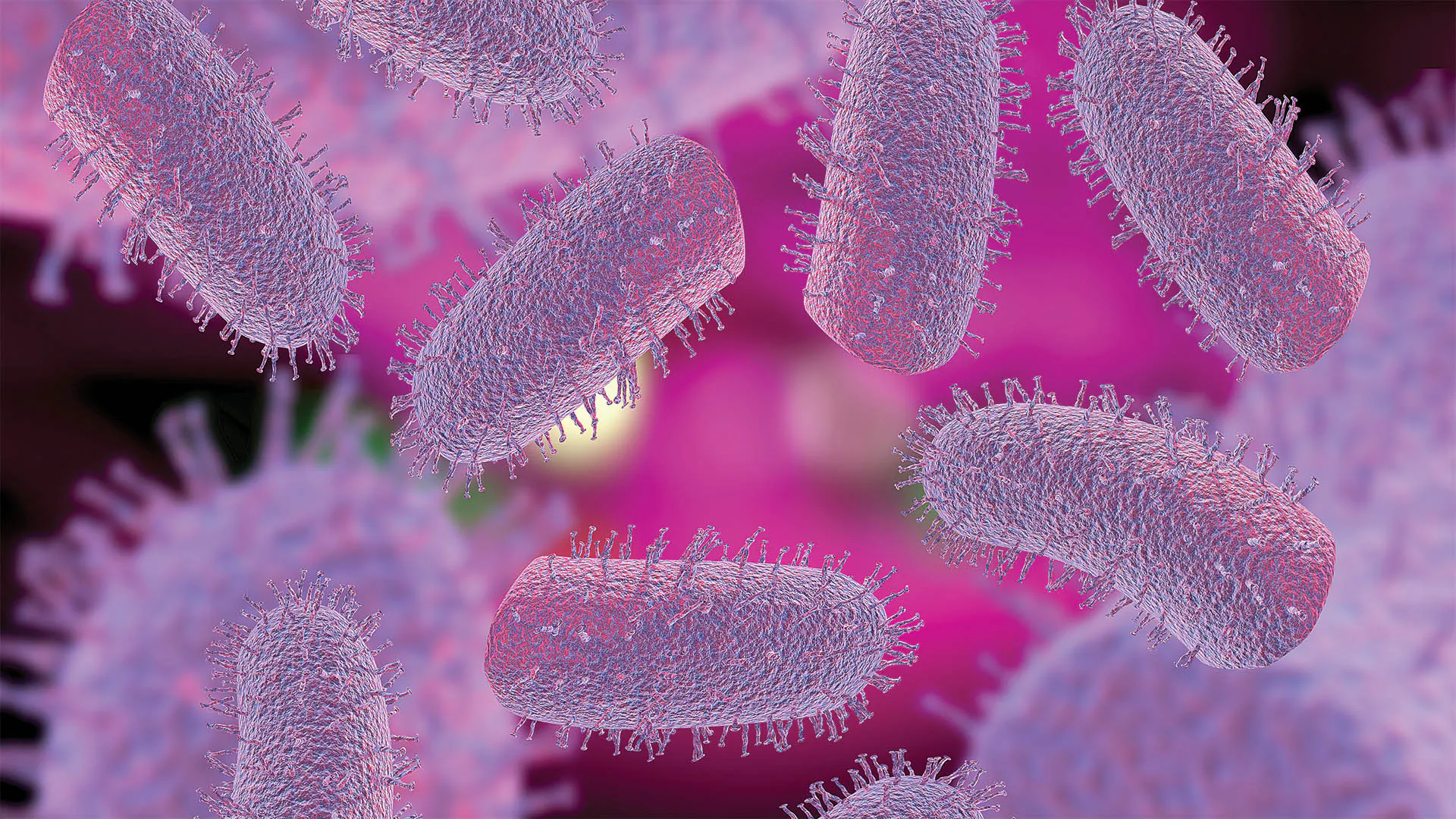
View pictures in App save up to 80% data.
Annually in South Carolina, approximately 150 animals are confirmed to have rabies, with around 30% of these instances involving human exposure.
Nearly 140 years after French scientist Louis Pasteur and his team created a vaccine in 1885, the disease continues to pose a risk to humans. In the developed world, the primary source of this threat now arises from wild animals.
Scientifically referred to as rabies lyssavirus, rabies is a zoonotic illness, indicating that it can be transmitted from animals to humans. This disease has been impacting humans since long before historical records were kept.
For a long period before a vaccine was developed, the disease posed a significant threat to humanity, primarily because it frequently transmitted through bites from dogs, our longest-serving companions in domestication.
While the disease can be effectively prevented with vaccinations or prompt medical treatment following potential exposure, it remains nearly 100% fatal once symptoms appear.
The variety of symptoms and unique anguish caused by the disease have been intertwined with human existence for such an extended period that references to rabies cases can be traced back to the dawn of recorded history.
Age-old plague

View pictures in App save up to 80% data.
To illustrate the enduring fascination with the disease, the authors begin the book with vivid accounts of the effects rabies has on both humans and animals it infects.
Rather than disseminating through the bloodstream of an infected animal, the rabies virus moves through the nervous system to reach the brain. Upon arrival, it commonly induces symptoms such as aggression and profuse salivation, which is often described as foaming at the mouth.
Throughout history, one of the most notable features of rabies in humans has been a condition known as hydrophobia, or the fear of water. This symptom is so emblematic of the disease that it was commonly used to identify rabies until relatively recent times. According to Wasik and Murphy, this represents one of the most treacherous aspects of the illness, as individuals afflicted by it have historically experienced intense thirst while simultaneously harboring a profound dread of water.
In addition to the well-known aversion to water, rabies has historically been linked to humanity's profound anxieties regarding insanity. Wasik and Patterson highlight significant relationships between the virus and the genesis of stories featuring vampires, werewolves, and even zombies.
Setting aside folklore and ingrained human anxieties, rabies continues to pose a global danger, especially since humans and animals frequently occupy overlapping environments.
Contemporary threat

View pictures in App save up to 80% data.
According to the World Health Organization, dogs account for 99% of human rabies cases and fatalities outside the United States, largely because vaccination rates in developing countries are significantly low.
In the developed world, particularly in the U.S., human exposure to rabies comes primarily from wildlife. About 60,000 people in this country receive medical treatment for suspected rabies exposure each year, according to the Centers for Disease Control and Prevention.
Any mammal can carry and transmit rabies. In South Carolina, the most common animal carriers are raccoons, skunks, foxes and bats, according to the South Carolina Department of Public Health.
In November, a rabid skunk was identified in Easley, leading to three suspected cases of pet exposure. As mandated by state regulations, the three dogs believed to have been exposed were put into quarantine.
“To reduce the risk of getting rabies, always give wild and stray animals plenty of space,” said Terri McCollister, rabies program director for the DPH, in a statement about the Easley case. “If you see an animal in need, avoid touching it and contact someone trained in handling animals, such as your local animal control officer, wildlife control operator or wildlife rehabilitator.”
The Department of Public Health emphasizes the necessity of ensuring pets are current on their rabies vaccinations, as this is among the simplest and most efficient methods to safeguard against the disease. In 2024, a skunk became the fifth animal in Pickens County to be confirmed with rabies.
This year, the state has reported 74 instances of rabid animals. According to the Department of Public Health, South Carolina has seen an average of about 148 confirmed cases annually since 2002.
Basic safety measures
With South Carolina — and the Upstate in particular — experiencing rapid development, human-wildlife encounters will continue to increase.
Such encounters may pose a risk of rabies exposure; however, there are several straightforward measures individuals can follow to reduce that risk, as recommended by the Department of Public Health and the state Department of Natural Resources.
To begin with, steer clear of wild animals. Even if an animal looks adorable and friendly, it doesn't guarantee that it is safe to touch or interact with.
It's important to remember, as noted by Tammy Waldrop, a biologist with SCDNR, that spotting a wild animal in your area or close to your residence does not automatically indicate that it is rabid.
Waldrop advised homeowners to minimize the risk of attracting wild animals by avoiding the serving or storage of pet food outdoors. Additionally, he recommended keeping items such as grills and trash bins secured and out of reach from areas where wildlife might access them.
Keeping pets current on their vaccinations is crucial as well. According to South Carolina law, pet dogs, cats, and ferrets must receive rabies vaccinations.
For more information visit dph.sc.gov/rabies or cdc.gov/rabies.
Quick Facts about Rabies in South Carolina
- Since 2002, about 150 animals annually have tested positive for rabies in South Carolina.
- About 30% of those cases involve a suspected exposure to humans.
- The primary animal carriers in South Carolina are raccoons, skunks foxes and bats.
- State law requires rabies vaccinations for pet dogs, cats and ferrets.
- Any mammal can potentially carry and transmit rabies.










